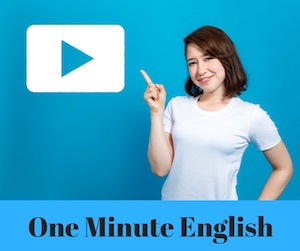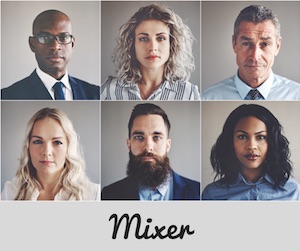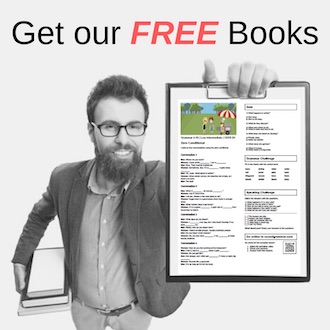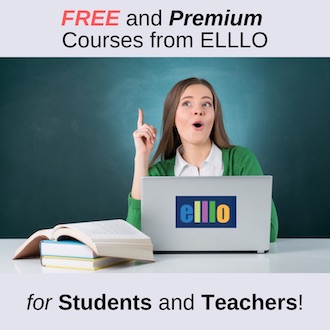Cars and Traffic
Shifani talks about how to look at traffic and analyze how people get around.
Todd: So, Shifani, what is your current job?
Shifani: Well, I work as a transport planner for a consultancy, an international consultancy based in New Zealand.
Todd: Okay. So, transport planner - is that like you plan things being transported like across the ocean?
Shifani: No. You're talking about logistics there. So, no, that's not logistics. Transport planning stems from town planning, town or city planning. If you think about it, a city is a network of buildings and of transport infrastructures. So you've got your roads, you've got your trains, you've got your buses, and you've got place for your cars. So basically, transport planning involves planning of things that you can use to move people around.
Todd: So, like what specifically do you do? Do you like, you know, design bus routes or -
Shifani: Well, the job is very, very varied. So, I can plan bus routes; that's something I can do. But quite often, it ends up being policy-driven work. What I end up doing is environmental impact assessments, for example. So, if you've got a new project coming in, if you've got a new shopping center, for example, I'd look at what impact it would have on the environment, in terms of traffic, in terms of what options people have to get to the shopping center, and if there is a possibility to reduce car use, how could that be implemented.
Todd: So, what are some ways that you can reduce car use?
Shifani: Well, there are quite a few different ways. First would be to influence people's behavior, so change their mental attitude towards transport. If you can make it easy for them to walk and to cycle to a given destination, they'll choose to do so. Second is to hike up petrol prices, which is something that the government controls, obviously. The other thing you could do is make parking of cars very difficult at common public places. If finding a car park is difficult, people are more likely to catch public transport, or just to walk or cycle.
The other thing is to promote the benefits of taking public transport and of walking and cycling. Benefits, such as health benefits, I mean, there are benefits from walking because it's healthier. And then, there are benefits of not driving, which means you're not emitting pollution into the air, so overall, a win-win situation if you don't drive.
Todd: Can you give us some tangible results where this has actually happened?
Shifani: Absolutely. A project I recently worked on was on a shopping center in Auckland. It's quite a big shopping center in the east of Auckland, and there is not good public transport around. So, there are not that many buses, there's no train station there, a lot of car parking. So, the owners of the shopping center wanted to influence people and make them catch the bus, the little that was available. So, they hired our consultancy, and I worked on some of the reports for them. And we basically looked at simple things that we could do to promote walking and cycling, first off, and then buses.
So, the first thing we did was we organized a fun run on a Sunday, where people from the local vicinity were invited. So, when people walked to the shopping center on that Sunday, they realized they could actually walk it. It was quite simple. And a lot of these people had never, ever attempted to walk. So we ended up getting a ten percent increase in the people who traveled by walking or cycling, per se. So, what we had was people realizing, - Oh, you know what? I can walk there. But because they'd never done it before, it was something they just didn't want to attempt.
Todd: So basically, your job is to reduce cars.
Shifani: If you want to sum it up that way, yes. But I think if you flip it over and say promote the use of public transport, walking and cycling, that's what my aim is.
hike up

Hike up petrol prices.
When we hike up prices, that means we increase them. Notice the following:
- The hotels hike up the price of rooms during the high season.
- The 2011 political crises across the Middle East greatly hiked the price of oil.
catch public transport

People are more likely to catch public transport.
To catch public transport means to take a bus, taxi, etc. Notice the following:
- Forget renting a car, let's just catch public transport.
- We can catch public transport right outside the airport exit doors.
win-win situation

Overall, it's a win-win situation.
A win-win situation is where everyone ends up happy. Notice the following:
- I cook, you clean, it's a win-win situation.
- A win-win situation should be the desired outcome in business.
fun run

We organized a fun run.
A fun run is a race that is not serious. It is usually organized to raise money for charity. Notice the following:
- My whole family entered the 10K fun run on Saturday.
- We organized the fun run to benefit the local community center.
sum it up

If you want to sum it up that way, yes.
Here, we use the phrase 'sum it up' to briefly describe something without details. Notice the following:
- My problem, to sum it up, is money.
- He summed up the presentation by asking us to work smarter, not harder.
Vocabulary Quiz
fun run • sum up


















